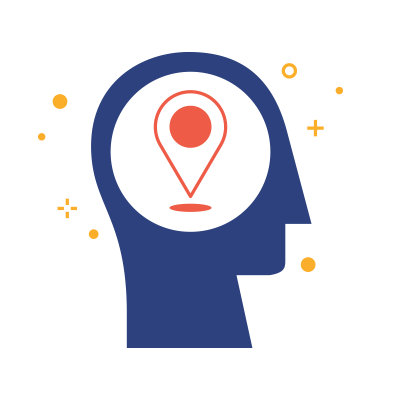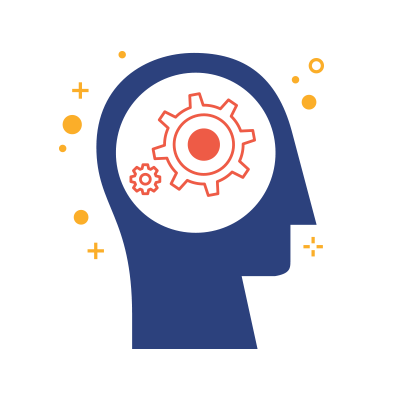We may find that we can easily connect with the struggles and conflicts of those we love, and extend love and compassion to them, but we may feel quite indifferent to strangers, and when it comes to people we do not like, such as competitors and adversaries, we might even feel happy that they suffer because it gives us an edge over them or justifies our desires of retribution and revenge. So, the next challenge on our journey is to find a way to be compassionate toward those who do not fall within our immediate circle of concern and to turn away from taking pleasure in their suffering.
Compassion is not about being superficially nice so people will like us; it is not weakness, softness, or letting people off the hook if they cause harm. Compassion is about keying into the nature of suffering, understanding it to our core, and recognizing its sources; but just as important is committing ourselves to relieving pain and to remain hopeful for the future alleviation of suffering for all. We come to realize that whatever differences there are between people, in essence, we are all seeking the same things. Compassion requires strength, determination, and courage within an emotional context of kindness and connection with others.
Try this:
STEP 1: Think of someone whom you neither like nor dislike, but have some form of contact with on a daily basis. It might be a bus driver, the person who serves you a coffee or drink on the way to work, a classmate, or someone you see on the bus every morning. Bring to mind an actual person.
STEP 2: Think that, just like you, this person has dreams, hopes and fears. Just like you, this person finds themselves in the flow of life and struggles with their emotions, life circumstances, and setbacks. Just like you, this person struggles with feelings of anxiety and anger and self-critical thoughts; they are hurt by rejection and boosted by love.
STEP 3: Now imagine this person facing suffering in some way: perhaps dealing with conflict at work, struggling with addiction or depression, or feeling lonely and unloved.
STEP 4: Then allow your heart to feel tenderness and concern for this person and offer the following heartfelt wishes:
1. "May you be happy and well."
2. "May you be free of suffering and pain."
3. "May you experience joy and well-being."
Notice how you feel when you express these wishes. Perhaps there is a natural flow of care and concern, or perhaps you feel indifferent or even irritated by the exercise. If you notice yourself feeling shut down, irritated, or resistant, simply be curious about this and notice where you feel this in your body. Is there tightness in your face, jaw, or shoulders, or tension and contraction in some other part of your body? Try to be gentle and honest, not suppressing the emotions you are feeling. Try looking” from the balcony,” so to speak, as an observer of how your threat and compassion systems are clashing in some way. Then, affirm your intention that although you cannot open up to this person right now, you make the wish that one day you may open your heart more fully.
STEP 5: Now shift perspective and think about how this person to whom you feel indifferent loves and cares for some people; there are people who look forward to seeing them when they come home from work; there are things in their life that they cherish. In this way, reflect that your indifference or neutrality is about you and the way you see things; it is not intrinsic to them.
STEP 6: Reflect that just like you, this person wants to be happy, and just like you, this person wants to be free of suffering and pain. Just like you, they want to be loved, safe, and healthy; and just like you, they do not want to be despised, lonely, or depressed. Let the poignancy of this person touch you.
STEP 7: Then, let the image of this person fade and spend a few moments tuning in to the feelings that may have arisen in you, noticing in particular how this feels in your body.
STEP 8: Now, shifting your awareness to someone else who you know is having a very difficult time. Maybe it is someone at school or in your personal life. It should be someone who's going through a rough time and someone who you care about. Bring this person to mind along with the awareness that they're struggling right now. Let yourself feel what you would wish for them. You may wish them wellness, happiness, or contentment. There may not be specific words, but more of a general feeling. Perhaps it is care in general, or wish for their well-being.
STEP 9: Imagine them receiving your compassion, that simple wish for well-being, and the sense of care.
NOTE* You may wish to expand your wish of compassion more widely to anyone experiencing difficulty or pain. You may say to yourself “May everyone's suffering end.” Can you believe that? “May everyone feel a sense of care. May everyone be well.”
STEP 10: As you breathe out, breathe out compassion for others, and breathe out your sense of care to the world.
STEP 11: If you're not able to connect directly with feelings of compassion, just bring kind awareness to whatever it is you may be experiencing in this moment. Just notice what you're feeling. Breathing in compassion for myself, and breathing out compassion for others. Breathing in compassion for myself, breathing out compassion for others.












